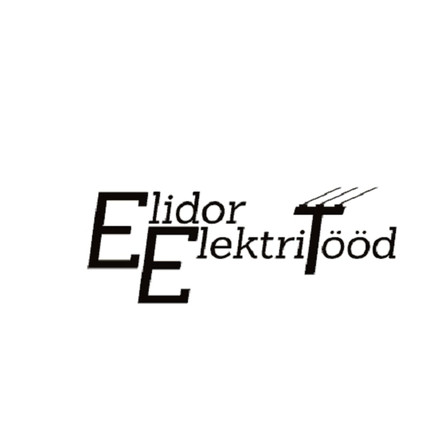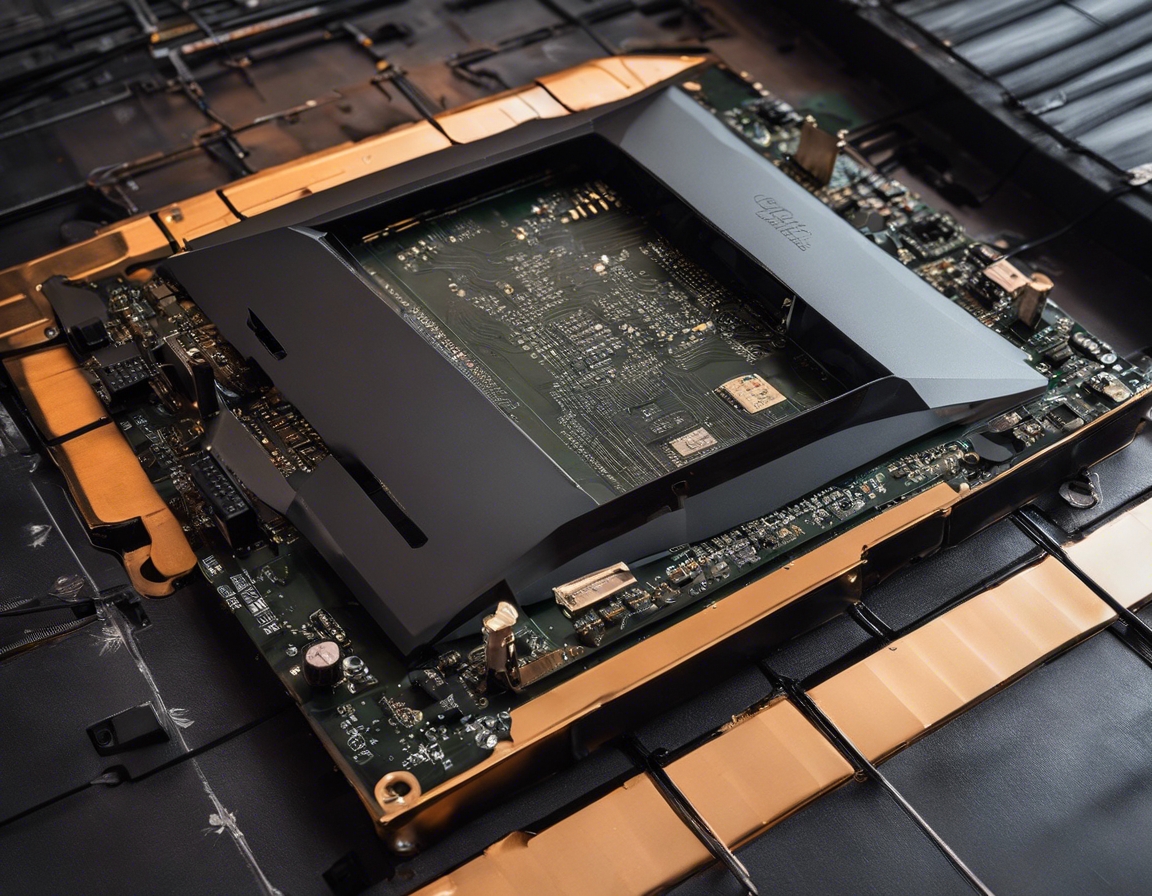The future of street lighting: trends and innovations
As urban landscapes continue to expand, the role of street lighting in ensuring the safety, functionality, and aesthetics of our cities has never been more critical. From the gas lamps of the 19th century to the electric bulbs of the 20th, street lighting has undergone significant transformations. Today, we stand on the brink of a new era, where innovation and technology promise to redefine the streets of tomorrow.
Street lighting has evolved from simple illuminative purposes to becoming an integral part of urban infrastructure. The shift from incandescent bulbs to more efficient lighting solutions marks a significant milestone in this journey.
Proper street lighting is essential for urban safety, enhancing visibility for pedestrians and drivers alike. It also plays a pivotal role in urban aesthetics, contributing to the ambiance and character of cityscapes.
Emerging Trends in Street Lighting
With the growing emphasis on sustainability, energy-efficient lighting solutions are becoming the norm. Innovations such as solar-powered street lights are gaining traction, offering a greener alternative to traditional lighting.
Street lights are becoming smarter, with the integration of sensors and connectivity that enable them to be a part of the larger smart city ecosystem. This integration facilitates efficient energy use, real-time data collection, and enhanced public safety features.
Adaptive lighting adjusts the intensity of light based on the presence of pedestrians or vehicles, thereby conserving energy and reducing light pollution.
Innovations in Street Lighting Design
LED technology has revolutionized street lighting with its long lifespan, reduced energy consumption, and improved light quality. Ongoing research is further enhancing LED efficiency and functionality.
Innovative designs and technologies are being developed to minimize light pollution, ensuring that street lighting contributes to safety without detracting from the night sky.
Dynamic lighting systems offer the ability to change lighting conditions based on specific scenarios or events, adding a new dimension to urban environments.
Future Projections for Street Lighting
The Internet of Things (IoT) is set to play a pivotal role in the future of street lighting, with connected lighting systems that can be managed remotely and provide valuable data for urban planning.
Future street lighting systems may feature autonomous operations, with self-diagnosing and self-repairing capabilities, reducing the need for manual maintenance.
As we look towards the future, the concept of human-centric lighting, which focuses on the health and well-being of individuals, is gaining importance. This approach tailors lighting to human circadian rhythms and activity patterns, promising a more personalized urban experience.






Comments (0)